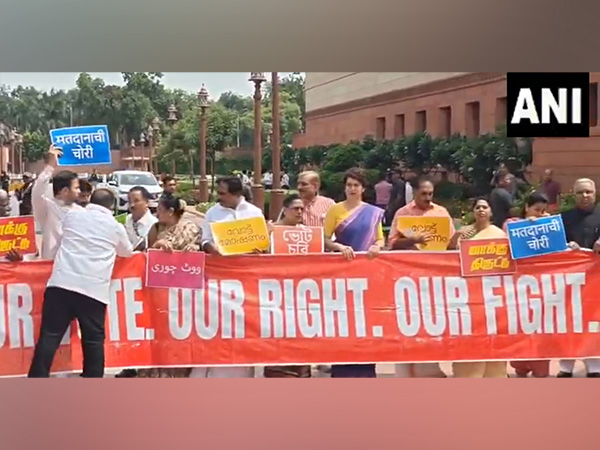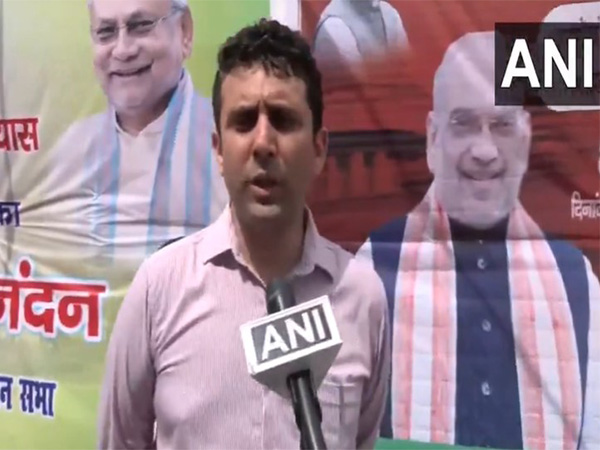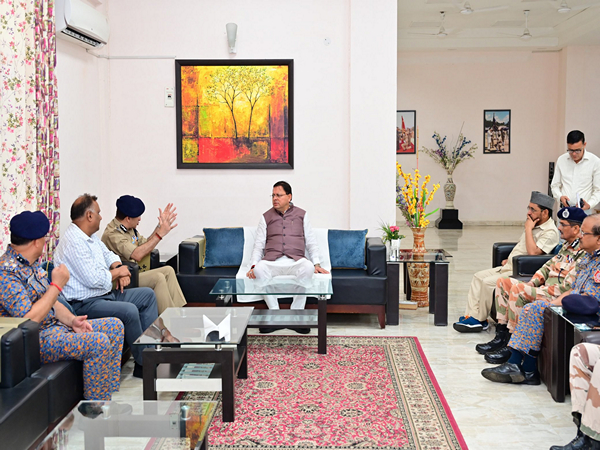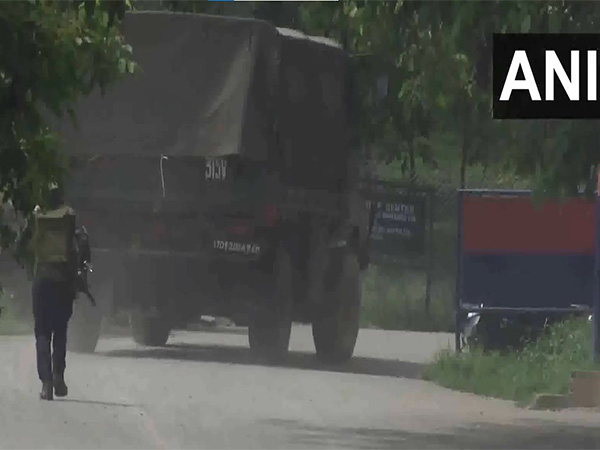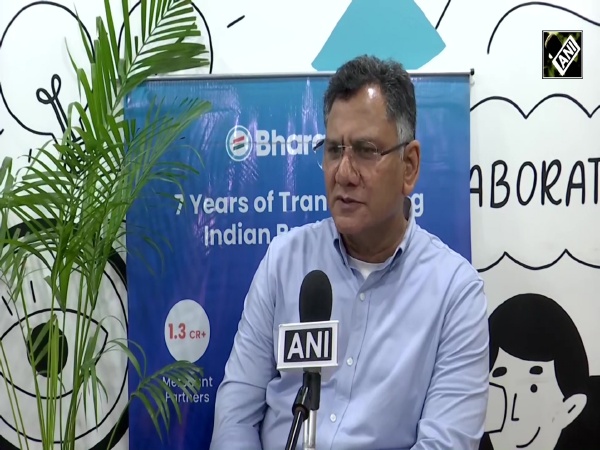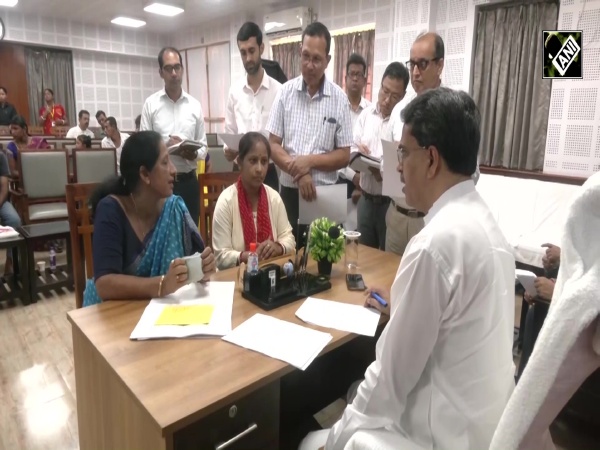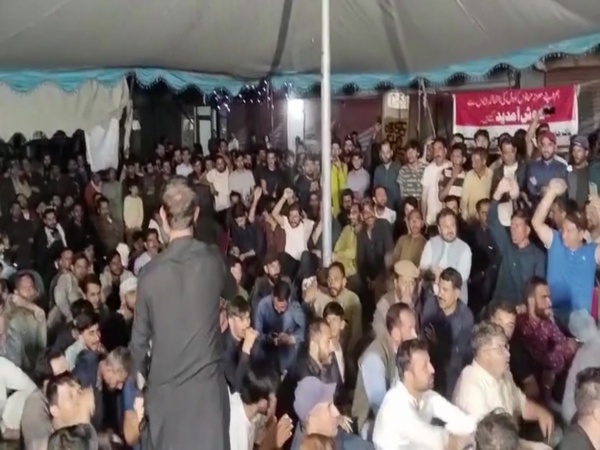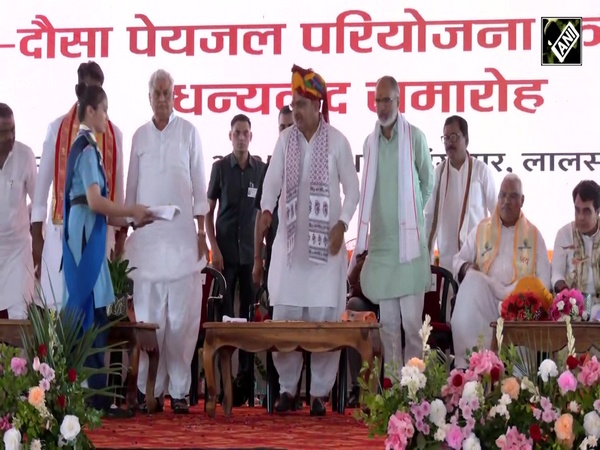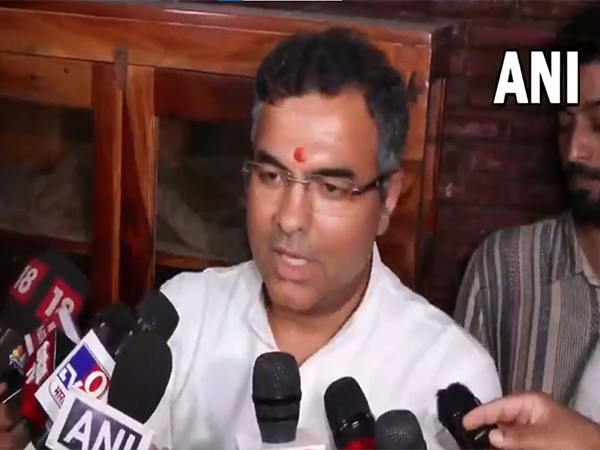
Delhi Minister Parvesh Verma visits 'Phansi-Ghar', says "Kejriwal completely distorted such a significant history"
Aug 06, 2025
New Delhi [India], August 6 : Delhi Minister and BJP leader Parvesh Verma on Wednesday visited the British-era "phansi-ghar" and accused the former Delhi Chief Minister Arvind Kejriwal of completely distorting such a significant history.
The British-era "phansi-ghar" was opened by the previous Aam Aadmi Party (AAP) government, located in the Delhi Assembly premises.
While speaking to media persons, Verma said, "When this building was being constructed, this place was an elevator... Arvind Kejriwal has completely distorted such a significant history... Today, during the assembly session, all the facts were presented..."
The minister further said that the photos, maps, and documents they have received prove that there were no gallows in the "phansi-ghar".
"There was only an elevator used to move goods up and down. We will remove this gallows from here and present the true form and reality of this place..." he told reporters.
Meanwhile, Delhi Minister Ashish Sood also reacted to allegations that the "phansi-ghar" was only an elevator used to move goods, saying, "This is a very saddening matter. AAP has played with our emotions. AAP takes political advantage in the name of our martyrs. This is condemnable..."
A day earlier, the Delhi Legislative Assembly House witnessed uproar over the issue of 'Phansi Ghar'. Speaker Vijendra Gupta, Ministers and the ruling party MLAs dismissed the claim, citing archives and official documents, while the opposition accused them of erasing symbols of the freedom struggle.
Speaker of the Delhi Assembly clarified that the so-called 'Phansi Ghar' (execution house) inaugurated by the previous government was a misrepresented Tiffin Room with an old goods lift. According to archival records, the space was used for daily administrative functions, not for executions.
"The previous government had formally inaugurated what they termed a 'Phansi Ghar' inside the Delhi Assembly. However, archival records clearly show that this was, in fact, a Tiffin Room with an old lift used for transporting goods, not a site of execution. It is unfortunate that a space once used for daily administrative functions was misrepresented as a place of capital punishment," said the Speaker in the Assembly.
